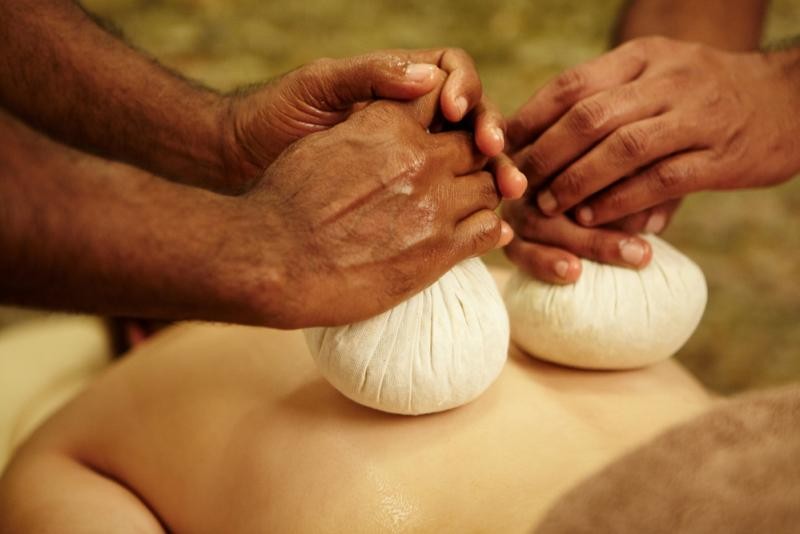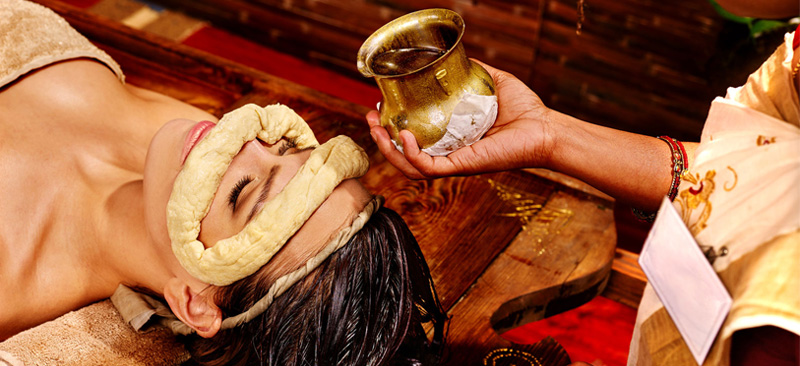“Rheumatoid Arthritis” is a chronic- disabling and progressive autoimmune disease that causes inflammation (swelling). There is severe pain in the joints, the tissue around the joints, joint deformities. Rheumatoid Arthritis has is called Amavata in Ayurveda, in which Vata and Ama afflict pain in the lining of the joints, which causes Shula (pain) & Shotha (swelling).
Treating Amavata –The Ayurvedic Way—
The treatment for ‘Amavata’ includes Shamana (conservative) and Shodhana (biological purification of the body) Chikitsa. Depending on the stages (acute/chronic) and the Doshas involved, many measures are advised. They are Langhana (a method of depletion of body tissues), Deepana (increase digestive fire), and Pachana (digestion of food) for accumulated Ama [ undigested material]. Snehapana (oleation), Swedana (therapy that uses herbal steam), Virechana (purgation) and Basti (enema therapy) for use in the elimination of Doshas from the body.
The medicines used in the management of Amavata should be Katu (pungent) Tikta (bitter) Rasa (taste); Ushna (hot in potency), Laghu (easily digestible) and Tikshna (property of penetrating through tissues).
*To-Do Ahara: [FOOD]
The critical ‘Pathya Ahara’ (strict diet) to be followed, includes-
Cereals: Dhanya –Purana/Shasti Shali (rice), and Yava (Barley).
Pulses: Chanaka (Bengalgram), Kalaya (Pisumsativum), Kulattha (horse gram), Kodrava.
Shaka (vegetables): Shigru (drumstick), Ardraka (ginger), Rasona (garlic), Karavellaka (bitter guard), Patola (pointed guard), Vastuka (ridged guard), Mulaka (radish)
Liquids: Boiled water, Panchakola Siddha Jala [herbal water]
Cow products: Takra (buttermilk).
Not to Do—Apathya / Contraindicated foods
Food – Guru Ahara (heavy to digest), Dadhi (curd), fish, raw sugar, Masha (black gram), Kalushita Jala (contaminated water).
Vihara: Specific Pattern
Divaswapna (Day sleeping), Ratri Jagarana (night awakening), Ajirnashana (eating without the feel of appetite), overeating, Vishamashana (eating at odd timings), physical exertion just after eating, exposure to cold, sedentary lifestyle etc. must be avoided.
Abhyanga–External oil application using
Visha Garbha Taila
Pancha Guna Taila
Kottamchukadi Taila
Brihat Saindhavadi Taila
Karpooradi Taila, can be beneficial in arthritic pain.
Meet our Ayurvedic Vaidya at ‘The Madras Institute of Ayurveda’ Chennai [MIA], to learn more about how these treatments can be beneficial. This centre of Ayurvedic medicine and treatment in Chennai follows age-old traditional regimen with modern techniques, ranging from Panchakarma treatment to Rejuvenation therapy. It includes facilities for a whole range of quality treatments with the highest standards and finest traditions dating back to Vedic times. So, come to MIA, Chennai and get a full range of treatment options or log on to www.miayurveda.org for queries.











